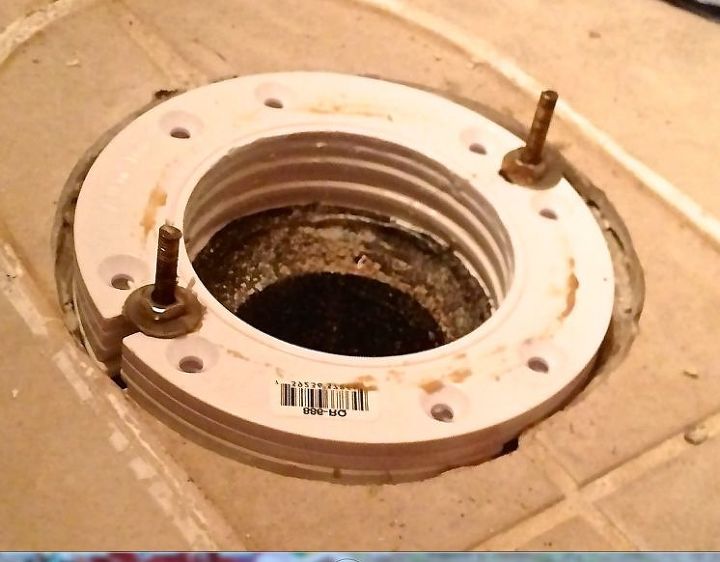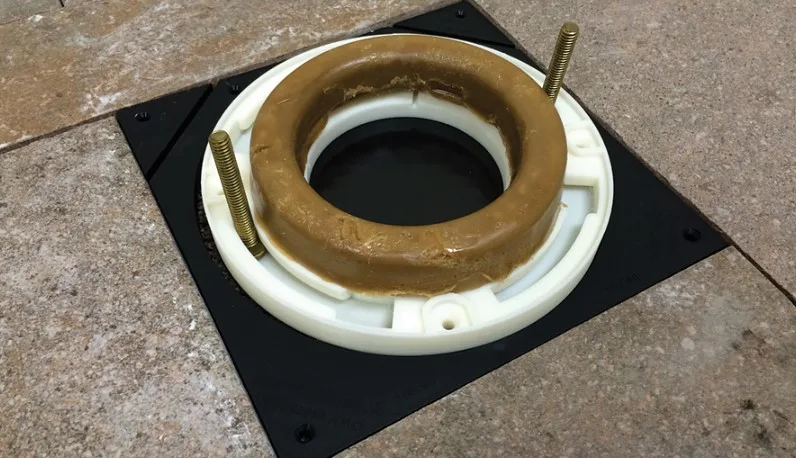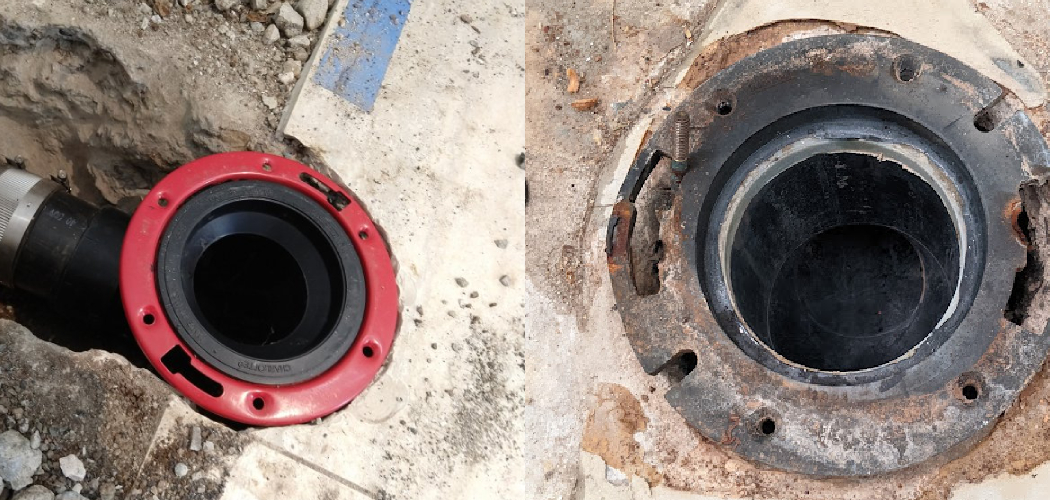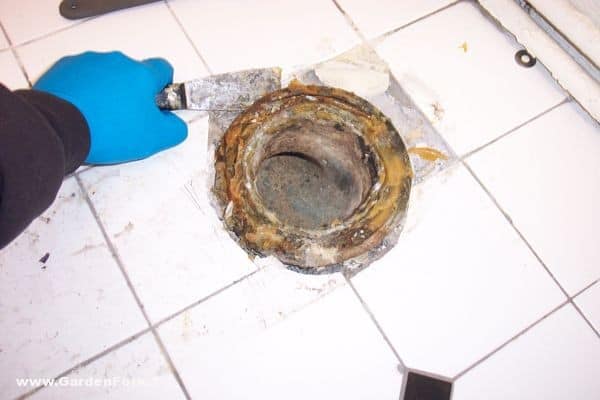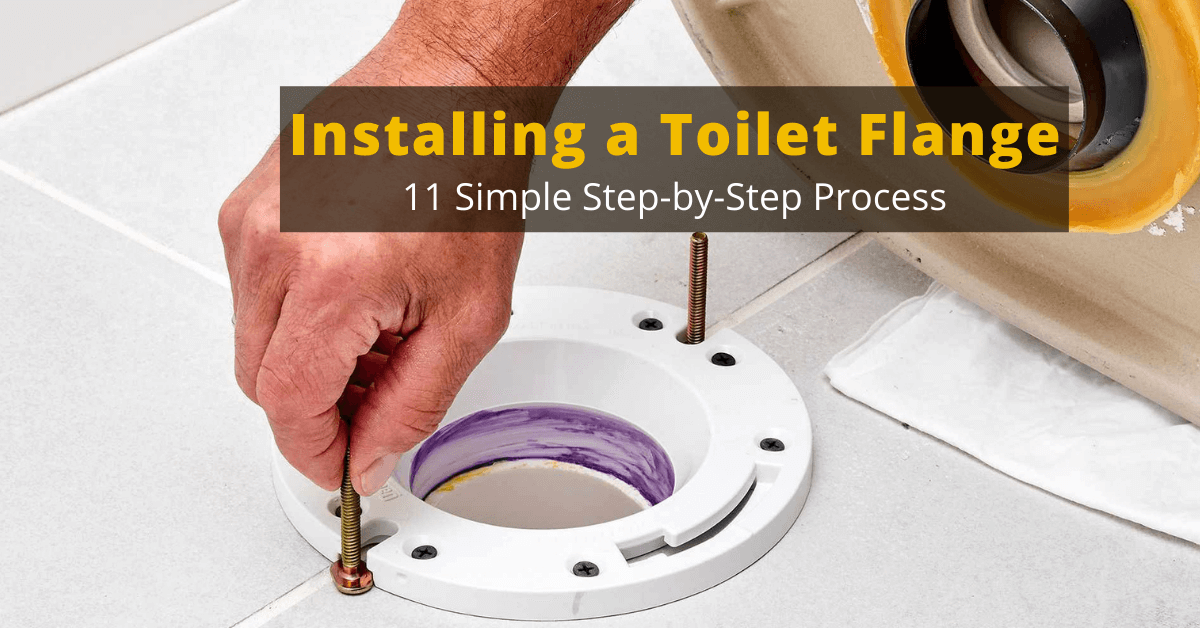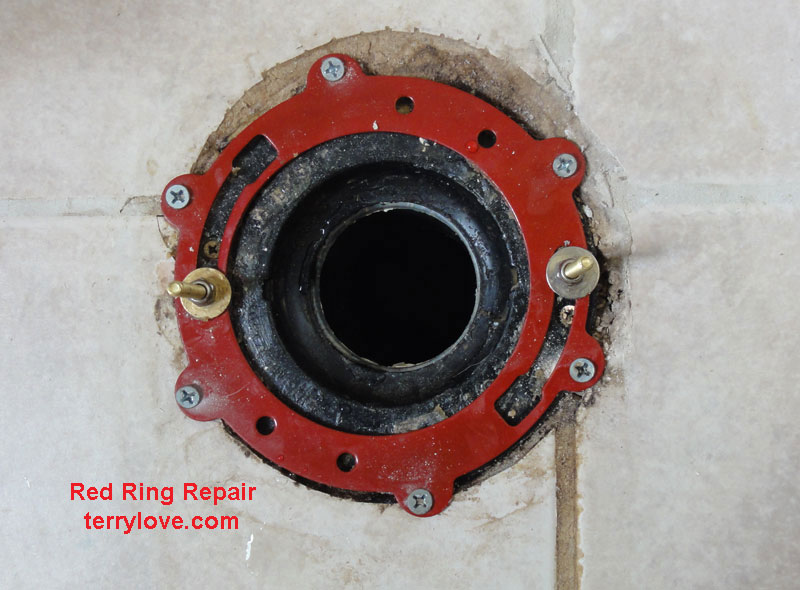The Great Toilet Flange Caper: A Comedy in Concrete
Okay, so your toilet’s wobbly. Like, rock-and-roll-on-a-cruise-ship wobbly. And after some poking around, you've discovered the culprit: a busted toilet flange embedded in concrete. Time for a bit of DIY heroism.
First, grab a hammer and chisel. Channel your inner Indiana Jones. But instead of unearthing ancient artifacts, you're liberating a stubborn piece of plumbing.
Chip away at the concrete around the old flange. Careful now, you're performing delicate surgery here. You don't want to accidentally dig to China.
Operation Demolition: A Concrete Jungle Gym
Now, with the concrete chipped away, try to wiggle the old flange free. It might take some persuading. Perhaps a few choice words whispered endearingly will do the trick.
If it's really stuck, you might need to score it with a saw. Just be cautious and wear eye protection. Because flying debris in the eye is never a good look.
Once the old flange is out, clean up the area. You want a nice, smooth surface for the new one to sit on. Imagine you're prepping a pristine stage for a plumbing performance.
The New Hope: Introducing the Replacement Flange
Time for the new flange! This is the star of our show. Make sure you've got the right size and type. A mismatch would be a plumbing tragedy of Shakespearean proportions.
Now, dry-fit the new flange. Make sure it sits nicely and aligns properly with the toilet. This is your dress rehearsal before the big show.
If everything looks good, apply some construction adhesive to the bottom of the flange. This is the glue that will hold our plumbing dreams together. Don't skimp on the adhesive; you want a strong bond.
The Cementing of a Legacy: Anchoring the Flange
Place the new flange into position and press down firmly. Make sure it's level and properly aligned. You want a toilet that stands tall and proud.
Here's where things get a little creative. You need to secure the flange to the concrete. This often involves using concrete anchors or screws.
Drill pilot holes into the concrete through the flange's mounting holes. Tap in the anchors or screw in the screws. This is the final act of our plumbing play.
The Grand Finale: Sealing the Deal
Once the flange is securely anchored, it's time to seal the perimeter with concrete patching compound. This will fill any gaps and create a waterproof seal. Think of it as the curtain call, bringing everything together.
Smooth out the patching compound with a trowel. Make it look nice and professional. After all, you want your toilet to be a work of art.
Let the patching compound dry completely. Patience, young grasshopper! This is crucial for a long-lasting repair. Resist the urge to use the toilet immediately. Trust me on this one.
Curtain Call: A Plumbing Triumph
Finally, after the patching compound has cured, you can install the toilet. Place a new wax ring on the flange. This creates a watertight seal between the toilet and the flange.
Carefully lower the toilet onto the flange, making sure the bolts align. Press down firmly to compress the wax ring. Tighten the bolts evenly. But don't overtighten them. You don't want to crack the toilet. That would be a plumbing tragedy of epic proportions.
Flush the toilet a few times to make sure everything is working properly. And that there are no leaks. If all goes well, you've successfully fixed a broken toilet flange in concrete. Take a bow, you're a plumbing rockstar!
So, the next time you face a plumbing challenge, remember this: with a little patience, creativity, and a sense of humor, you can conquer anything. Even a busted toilet flange in concrete. Now go forth and conquer those plumbing woes!

